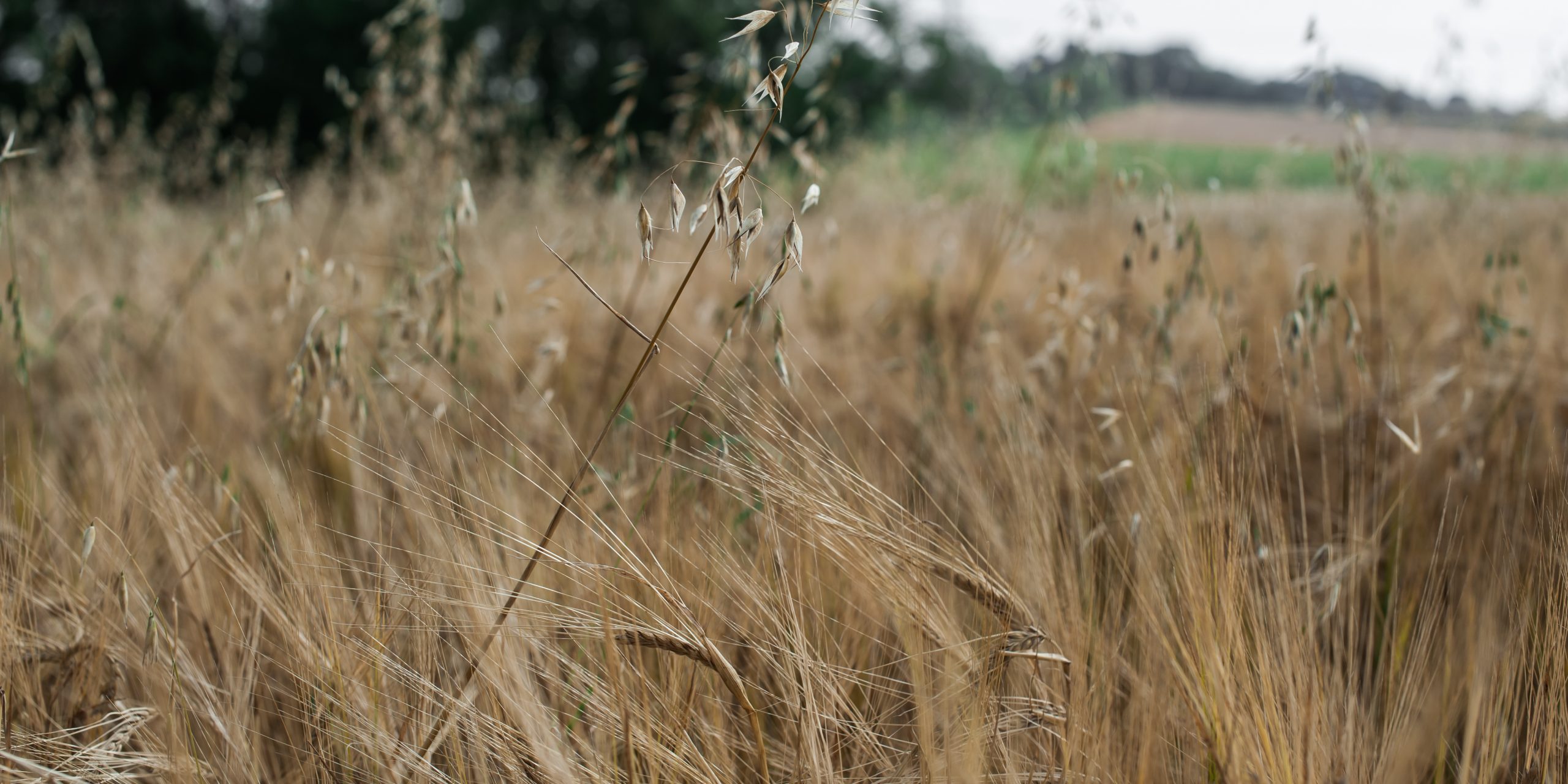Learning Objective
You will learn about the many health benefits of eating oats.
Estimated time: 10 mins.

Here at the School, we use oats in our porridge breads and our muesli mixes. They are often overlooked as a source of vitamins, minerals, fibre and antioxidants. While chia seeds, blueberries and avocados have recently been hyped as health-promoting ‘superfoods’, oats are getting less attention, but they are inexpensive and packed with fibre and nutrients.
Why should you include oats in your diet?
There are many studies indicating just how important oats are as part of a healthy diet, with benefits ranging from reduced cholesterol levels to protection against childhood asthma. They are a rich source of both protein and fats, containing more than most other grains, as well as vitamins and minerals. They also contain high levels of beta-glucan, a form of soluble fibre that is getting a lot of research attention because of its health benefits. It is linked to lower cholesterol levels, lower blood sugar and lower levels of obesity, and it also nourishes the good bacteria in the gut microbiome.
Feeling full
When we eat foods containing beta-glucan, the soluble fibre turns into a thick gel that moves slowly through our digestive tract and fills our stomach. This means we will feel full for longer, reducing the urge to eat more. One study showed that eating a bread enriched with beta-glucan also promoted the production of a satiety hormone that helps control appetite and may therefore help in reducing the risk of obesity.
Controlling blood sugar
Soluble fibre slows the rate at which glucose is absorbed into the bloodstream, helping to prevent spikes in blood sugar after a meal. One study found that consuming oats could decrease the blood sugar and insulin response in healthy individuals. The work suggests that adding 100g rolled oats to loaves and other bakes may have a positive health effect.
Lowering cholesterol levels
The gel-like beta-glucan in oats binds with cholesterol-rich bile in the digestive tract, causing it to be excreted from the body rather than absorbed into the bloodstream. And because the bile is excreted, the liver produces more, and in the process removes still more cholesterol from the bloodstream.
Anti-inflammatory properties
Almost uniquely, oats contain a group of polyphenols called avenanthramines. These antioxidants help reduce the effects of chronic inflammation, which is associated with conditions such as heart disease and diabetes.

A brief history of oats
As a cultivated crop, oats were a little behind wheat and barley. Although they were probably familiar to early farmers as weeds in cereal fields, it was a long time before they were planted as a crop. The high fat content of oats compared with other grains means they don’t have the same keeping qualities, so they were less favoured and often thought of as good only for animal feed.
They are able to grow in areas where wheat might struggle because of a less favourable climate or soil, and this led to them being more widely cultivated. They became a favoured crop in northern Europe, where the growing conditions suited them, and were introduced to North America by Scottish settlers. In the UK, oat production has increased in recent years, but even now, they are largely grown as a feed crop for animals.
Long-term oat-breeding programmes are developing higher-yielding varieties with improved disease resistance and higher nutritional value. There is also some interest in developing varieties that can be grown with reduced input, in order to make oats a more sustainable crop.
What are naked oats?
Naked oats are another ancient crop being ‘rediscovered’ because of their nutritional value. Conventional or ‘hulled’ oats come wrapped in an inedible husk, which needs to be removed. Although this adds an extra processing step in the production of oats for food, the crop has been favoured because the protective hull makes them easier to transport and store. In contrast, naked oats fall free of the hull when they are harvested. They can then be rolled or milled without any further processing (although if you are using naked oats, they need blending with wheat or barley before milling, or the stones may become clogged). Naked oats have higher levels of protein, fibre and iron than hulled oats, making them a good choice for inclusion in a healthy diet.
How to use oats in your baking
With so many potential health benefits, we encourage our members to include oats in their diet every day. Probably the most obvious way to do this is to enjoy a bowl of fermented sourdough porridge at breakfast, such as the chocolate and raspberry porridge breakfast pots in Sourdough School: Sweet Baking, but oats can also be incorporated into a whole range of delicious bakes. Our basic tin loaf is enriched with a handful of oats, and we also include them in our Botanical Blend No. 2 to increase the diversity of grains we bake with. You can use this Botanical Blend to bake a classic sourdough boule or, for a sweet treat, these sourdough rhubarb and almond tarts.
Learning Outcome
You will understand why oats can be such an important part of a healthy diet.

